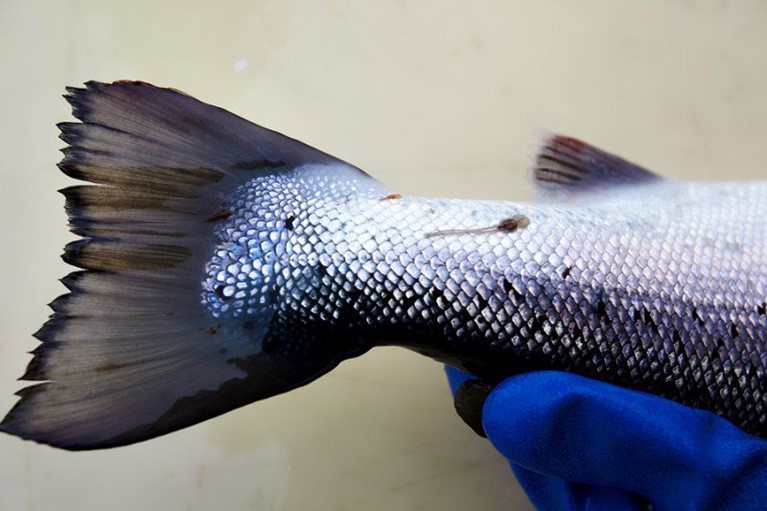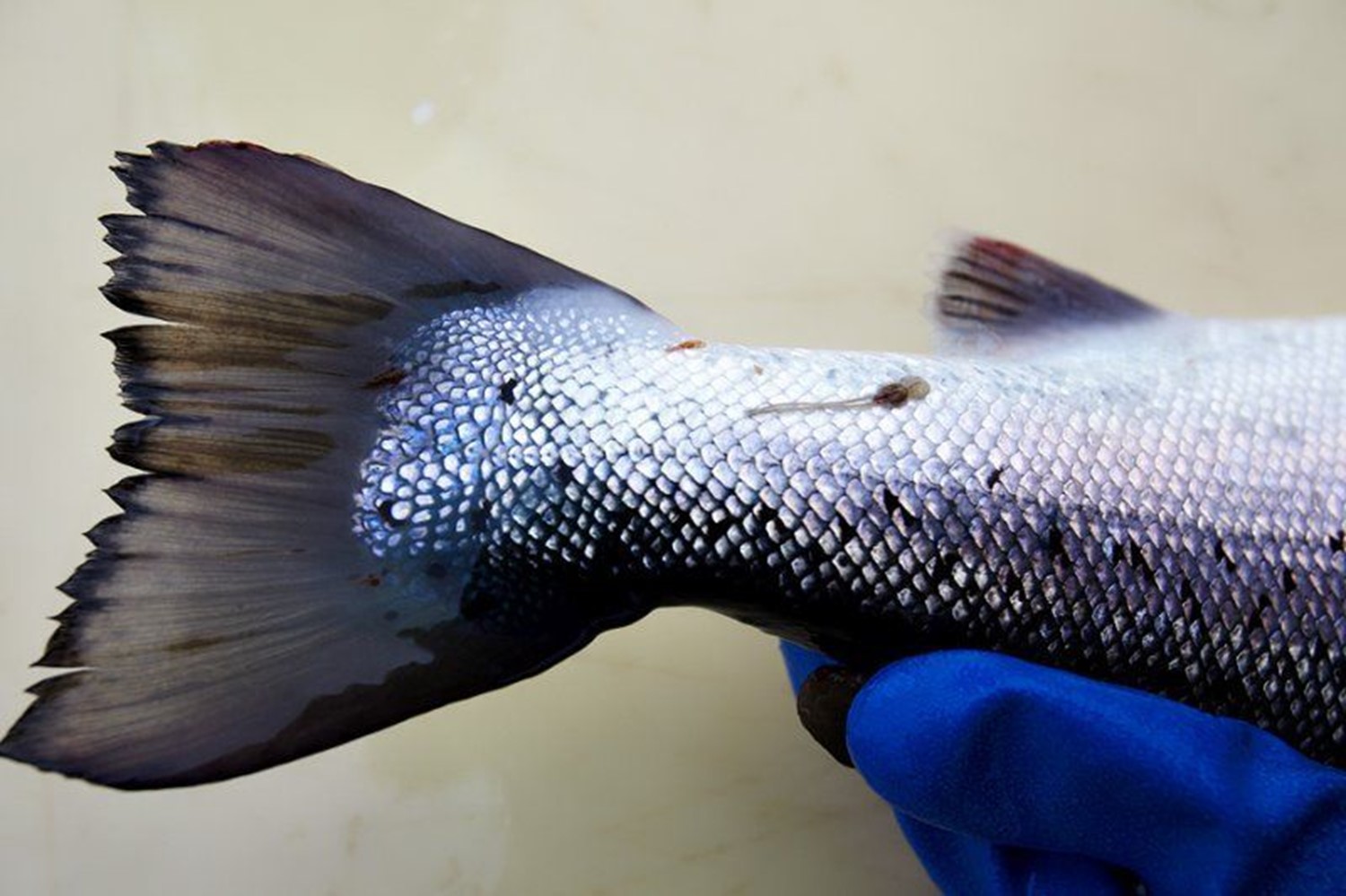When the executive order on lice was changed the summer of last year, one of the changes was that all lice counting instructed by the executive order were to be carried out by Fiskaaling. The company takes this vote of confidence in utmost seriousness and continuously endeavours to keep the service running as well and as reliably as possible.
The executive order on lice, and what it asks of the aquaculture industry, has a great effect on the everyday work of farmers and in no small part on the financial returns of the companies. It is therefore of utmost importance that the lice counting is as accurate as possible in the broadest sense.
At the moment there are six people at Fiskaaling tasked with counting salmon lice. These six counters have during the first half of 2017 carried out 275 counts.
Due to the counts being carried out by people, and not by machines, observer bias is to be expected. Among other reasons, this is why Fiskaaling places an unconditional emphasis on all counters alternating between counting at the various sea farming areas so that potential human deviations between the counters affect all areas equally.
The executive order instructs the counters to group the lice into adult female lice, large motile salmon lice, small motile salmon lice, sea lice, and attached lice. A more detailed description of the different kinds of louse can be read in the fact box below.
Facts
Adult female lice are by far the largest and can be identified by their size alone.
Motile salmon lice represent two developmental stages of the female louse and three of the male louse. These are all roundish but vary in size in the range of 1-3 millimetres. They can be found everywhere on the fish, but especially on the dark part, and this can make it difficult to see the especially small ones.
Sea lice are more longish, frequently orange in colour, and move a lot around on the fish compared to salmon lice.
Attached lice represent three developmental stages of the salmon louse and five of the sea louse. These are so small that the kind in question is not identifiable with the naked eye. The smallest developmental stage is smaller than one millimetre, and the largest about three. The attached lice can often be found around or on the fins as well as on the opercula.
Should anyone wish to learn more about this, they are welcome to contact Kirstin Eliasan, coordinator and researcher at Fiskaaling, tel. no. +298 774703.


